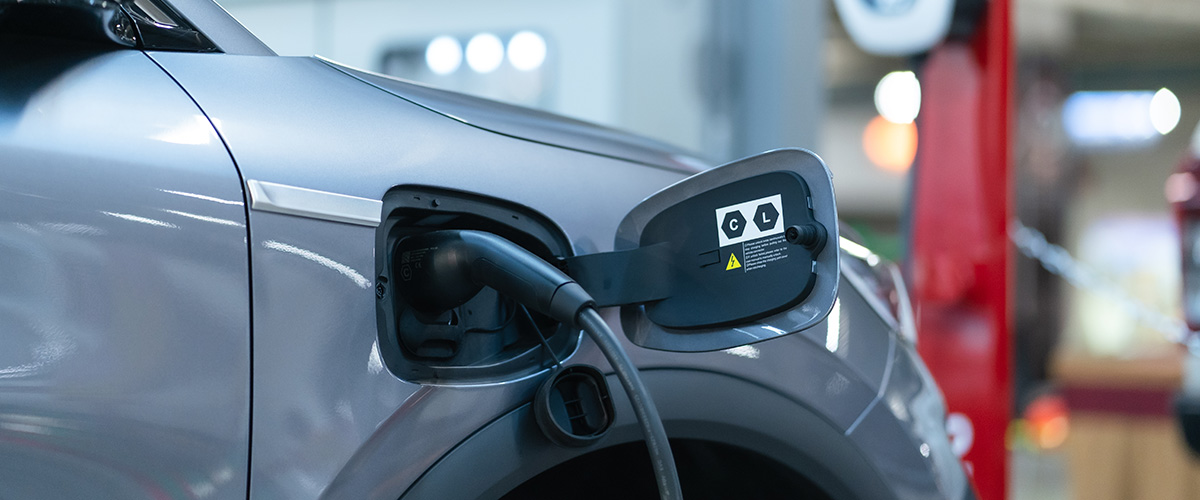For Earth Day, Alex Geach, Senior Underwriter of Risk Services, gives an overall update of the electric vehicle industry over the past two months continuing through the end of the year.
Over last weekend, we celebrated Earth Day. This year, the desire to be environmentally friendly and sustainable is a growing trend through many industries. Our last blog post focused on the trends in the chemicals and plastics industry, which is also facing backlash due to the social concerns about reducing plastic waste and greenhouse gas emissions.
The electric vehicle industry is one that is expected to continue its upward trajectory as more options hit the dealerships. While you might assume that this industry is only growing, the industry is also facing other headwinds in the form of reduced consumer confidence and vehicle affordability challenges primarily due to increased interest rates. Some other challenges the industry will face in 2023 include the end of China’s subsidies, Europe’s energy crisis and the consequent inflation, and recession fears in the US. Cost remains a barrier, as electric vehicles tend to carry a higher sticker price than traditional ICE vehicles, although this is improving. Infrastructure is also a challenge because not only does there need to be a significant investment in a public network of fast chargers, there needs to be significant upgrades made to the electricity grid to support increased demands of charging the vehicles.
While the industry might face some challenges, overall it’s predicted that the electric vehicle industry will fare well in 2023. According to S&P Global Mobility estimates, electric vehicle sales grew about 36% on the year in 2022. So far in the past two months, sales are continuing on an upward trend, as they surpass 250k sales in 2023’s Q1 which accounts for 7.2% of total sales in the US. This trend is driven by expanding inventory and choice as new options become available. At the end of March, there were 34 electric vehicles available in the US market that has since increased to 42. Choices are expected to expand further in every quarter going forward in 2023. Tax credits and government subsidies have helped and continue to drive the market to date, as countries identify passenger car fleet electrification as a core tactic for meeting net-zero emission goals. The recently passed IRA, which includes a tax credit for electric vehicles, is expected to generate a modest boost in volume and profitability targets for automakers and could support price declines. This would lead to an increased adoption of electric vehicles in the US.
Overall, electric vehicles provide an opportunity to reach goals regarding zero net emissions. While electric vehicles will most definitely face hurdles in the upcoming months before they become a more widely adopted alternative, they’re expected to succeed.


